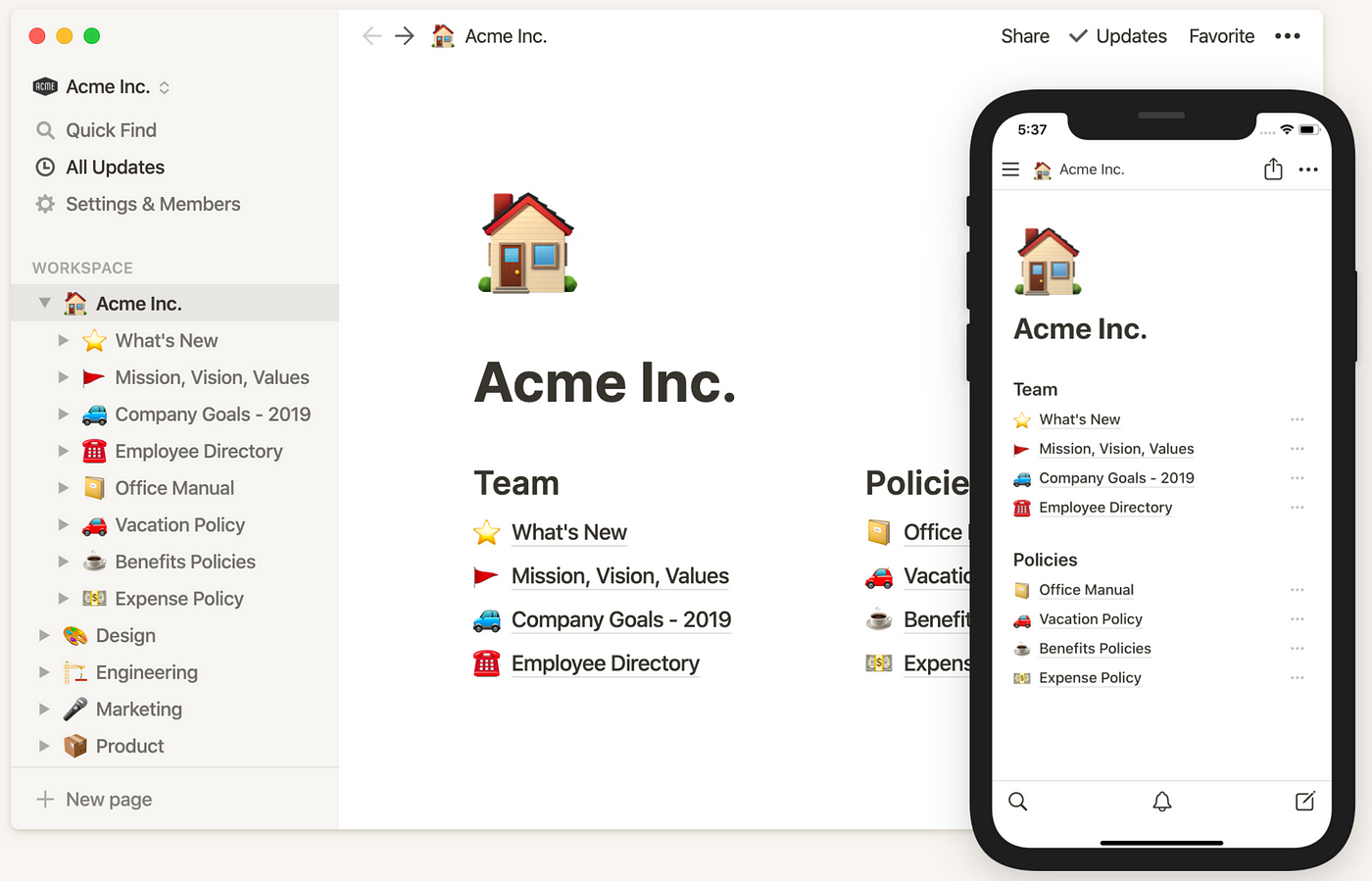Entity Resolution: An Overview
Entity Resolution, sometimes called data matching or fuzzy matching, is a method used to identify and link records from single or multiple data sources representing the same entity in the real world. Entity Resolution can systematically associate disparate data records despite the absence of a unique identifier or minor differences in the data.
The most common entities that Entity Resolution handles are individuals and organizations. However, it can also resolve assets like products, vehicles, product, transactions, events and much much more!
Understanding the Need for Entity Resolution
Entity Resolution is about making sense of the vast amounts of data generated and managed by organizations. It's about transforming seemingly unrelated and unstructured data into meaningful, actionable insights. But why is this crucial?
- Data Quality and Accuracy: Entity Resolution enhances the quality and accuracy of data by eliminating redundancy and resolving inconsistencies. This leads to more informed decision-making and increased trust in data.
- Single View of Entities: By linking related records, Entity Resolution provides a holistic view of entities, be it customers, products, or businesses. This 360-degree view is invaluable in driving personalized customer experiences, targeted marketing campaigns, and efficient operational processes.
- Fraud Detection and Risk Management: Entity Resolution can detect anomalies and unusual patterns in industries like banking and insurance, indicating potential fraudulent activities or risks.
- Regulatory Compliance: Entity Resolution ensures accurate record-keeping and reporting for sectors with stringent data governance requirements, aiding in regulatory compliance.
Entity Resolution Challenges
Despite its importance, Entity Resolution is not without its challenges. Real-world data is often messy, with inconsistencies, variations, and errors that make Entity Resolution a complex task. Some of the common challenges include:
- Data Variability: The same entity can be represented differently across various data sources due to typos, abbreviations, and cultural name variations.
- Data Volume and Scalability: As the volume of data grows, so does the complexity of Entity Resolution. The process must be efficient and scalable to handle vast data.
- Data Privacy and Security: Entity Resolution often involves sensitive information. Ensuring the privacy and security of this data is a critical challenge.
- Data Integration: Integrating data from multiple sources in different formats adds another layer of complexity to Entity Resolution.
Entity Resolution in Various Industries
B2B SaaS
In the B2B Software as a Service (SaaS) industry, the role of Entity Resolution is crucial for enhancing data management and strengthening customer relationships. It addresses the challenge of data discrepancies by accurately identifying, linking, and cleaning data across various platforms, ensuring the availability of high-quality, unified data for informed decision-making. Additionally, it provides a comprehensive view of customer interactions by integrating data from multiple touchpoints, allowing for personalized service offerings that boost customer satisfaction and retention. Furthermore, Entity Resolution streamlines lead management by eliminating duplicates and consolidating lead information, thereby enhancing the efficiency of sales and marketing efforts and improving lead conversion rates.
Gaming Industry
Entity Resolution significantly enhances player experience and operational efficiency in the gaming industry by facilitating player identity and behavior analysis, fraud detection, and cross-platform integration. Accurately linking player accounts and activities across platforms and devices allows gaming companies to create detailed profiles for personalized recommendations, targeted promotions, and improved engagement. Moreover, it aids in identifying and preventing fraud by connecting disparate data points, ensuring a secure online gaming environment. Additionally, Entity Resolution supports seamless cross-platform play, unifying player identities and progress across different devices, which boosts player satisfaction and loyalty. This comprehensive approach improves the gaming experience and contributes to the industry's growth and sustainability.
Retail
Entity Resolution helps create a 360-degree view of customers in the retail industry by consolidating data from various touchpoints like in-store purchases, online shopping, and social media interactions. This comprehensive customer view enables retailers to deliver personalized marketing messages, improve customer service, and enhance customer loyalty.
Manufacturing
Entity Resolution can be used in the manufacturing sector to track products across various supply chain stages. By linking records from different sources like suppliers, factories, and distribution centers, manufacturers can gain a comprehensive view of their products, improving inventory management and operational efficiency.
Exploring Entity Resolution Solutions
Numerous open-source solutions exist to facilitate this, leveraging advanced machine learning algorithms for enhanced accuracy.
- Python Record Linkage: Python Record Linkage is a powerful tool for Entity Resolution, seamlessly matching and linking data records despite minor differences. It improves data quality, accuracy, and fraud detection, providing a comprehensive view of entities. Despite challenges like data variability and scalability, it remains valuable for enhancing data management and decision-making processes.
- Dedupe: This open-source library excels at minimizing manual data cleaning and is versatile with different data types, although it necessitates a substantial volume of training data for peak efficiency.
- DeepMatcher: a simple open source library that provides in-depth tutorials and supports complex matching scenarios. However, its performance heavily depends on the choice and tuning of algorithms.
- Zingg: Run on Apache Spark and can handle any type of scale, but being relatively new, might have less community support than others and require deep knowledge of running Spark. There is also no interface.
However, for organizations seeking a more comprehensive, user-friendly solution, Census Entity Resolution offers a robust and efficient option. This solution allows users to resolve entities directly in their data warehouse, without writing a line of code. It is designed to handle large volumes of data and can be easily integrated with existing data tooling, making it an ideal choice for businesses of all sizes.
Going forward, the impact of AI and GPT on Entity Resolution

The advent of AI, LLM and GPT has significantly transformed the landscape of Entity Resolution, enhancing its efficiency, accuracy, and scalability.
AI algorithms can analyze vast datasets to identify patterns and anomalies that human operators might miss. When applied to Entity Resolution, these algorithms can more accurately match different records to the correct entities, reducing errors and improving data quality. GPT models, with their deep learning capabilities, further refine this process by understanding and processing natural language. This allows them to handle unstructured data, such as text from social media or emails, facilitating more comprehensive entity resolution across diverse data sets.
A significant impact of AI and GPT on Entity Resolution is scalability. Traditional methods, often manual or rule-based, struggle to keep pace with the exponential growth of data. AI and GPT, however, can process and analyze data at a scale unattainable by human efforts alone. This scalability is crucial for organizations dealing with petabytes of data across different formats and sources.
the integration of AI into Entity Resolution processes marks a paradigm shift. It enhances the accuracy and efficiency of these processes and ensures scalability, paving the way for more intelligent, data-driven decision-making across various industries.
Wrapping Up
Entity Resolution, a crucial aspect of Master Data Management, is vital in ensuring data quality, improving decision-making, detecting fraud, and maintaining regulatory compliance. It is a complex but critical task in today's data-driven business environment. By leveraging tools like Census Entity Resolution, businesses can effectively overcome the challenges associated with Entity Resolution and unlock the full potential of their data.
Remember, good analytics and data science start with the right data. So, take the first step today and book a demo with Census to learn more about their Entity Resolution solutions.



















